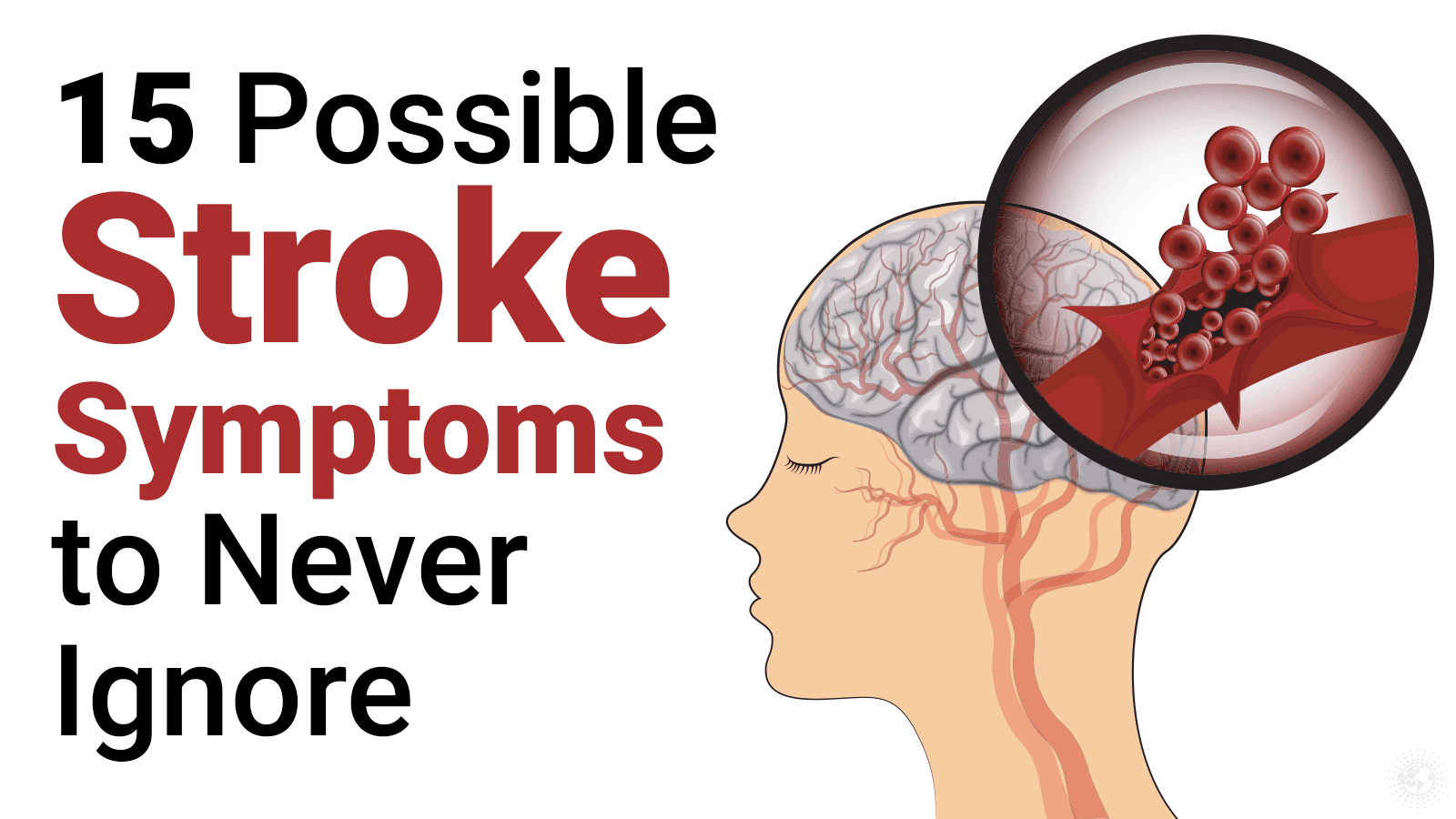A stroke is a serious blockage in a vessel in the brain, or it is bleeding in the brain. Strokes can often be fatal when they are not properly identified and treated as soon as possible, or they can have debilitating results that affect the afflicted individual for the rest of his or her life. Altogether, approximately 700,000 men and women suffer from strokes annually in the United States.
While they can affect any individual regardless of age, ethnicity or health status, a stroke is statistically more likely to occur in women as well as in those who have high blood pressure, who have diabetes and who are African-Americans.
While it is important to understand if you are included in a high-risk category for potentially suffering from a stroke in the future, you also need to understand the common signs and symptoms of a stroke. Be aware that some signs are universal regardless of gender. However, there are some specific signs of a stroke in women that differ from the signs of a stroke in men.
The Importance of Seeking Treatment as Soon as Possible
The brain requires a steady supply of oxygen for optimal health and function. This oxygen is delivered through the blood. Numerous vessels carry blood. But when even a single vessel is blocked or is impaired because of a hemorrhage or rupture, the brain could be negatively affected within a very short period of time.
If the condition is identified and treated early, long-term effects may be prevented or minimized. However, more than two-thirds of individuals who survive a stroke experience minor or serious disability afterward. This could potentially leave you partially paralyzed, with diminished brain function and more.
Common Signs of a Stroke to Look For
Understanding the signs of a stroke and seeking treatment as soon as possible is essential. Many signs of a stroke in men and women are similar. For example, facial drooping may be one of the first noticeable signs of a stroke. If you or a loved one tries to smile and only a portion of the face is affected by the effort, the individual should receive medical attention without delay. In addition, one arm may feel numb or tingly.
When the person raises both arms overhead, the affected arm may gradually lower. Difficulty with clear speech is also common. The individual may have trouble repeating a simple sentence back to you without slurring at least a few of the words. It is essential to seek emergency medical attention when even one of these signs is identified.
Other Warning Signs of a Stroke That Should Not Be Overlooked
Remember that minutes count when a person is having a stroke. When in doubt, always err on the side of caution. In addition to these common signs of a stroke, other symptoms may or may not be present. For example, some people who are having a stroke may feel confused or dizzy. Mobility issues that extend beyond movement of an arm may be noticed, and this type of issue usually only affects one side of the body.
An intense headache may develop suddenly and without an apparent cause. Vision loss or blurry vision in one or both eyes may also be experienced. Remember that the brain controls all aspects of body function. While a stroke usually affects one side of the brain and body, it is possible for symptoms to be experienced elsewhere. Any signs of confusion, severe headache or general movement are signs that emergency medical attention may be needed.
Specific Signs of a Stroke in Women
It is important to note that women may experience other symptoms that are not common in men who are experiencing a stroke. For example, women may be much more likely to experience confusion, dizziness and general disorientation. Mood changes, agitation, a seizure, severe nausea, unexplained pain and even hallucinations are also much more common in women who are suffering from a stroke than in men.
Final Thoughts on Knowing the Signs of a Stroke
Some people will identify signs of a potential stroke in themselves, and they will immediately request emergency medical assistance. However, because a stroke can impact brain function and cause confusion in both men and women, many signs of a stroke are identified by friends and family members who are with the individual at the time. Regardless of your age and health status, it is essential that you understand what common and more unusual stroke signs are.
It is equally important that you regularly observe those around you to determine if any of these symptoms are present. Keep in mind that not all signs or symptoms may be present in all individuals. Your effort at being observant may save a life or may promote an improved quality of life after the stroke.


















